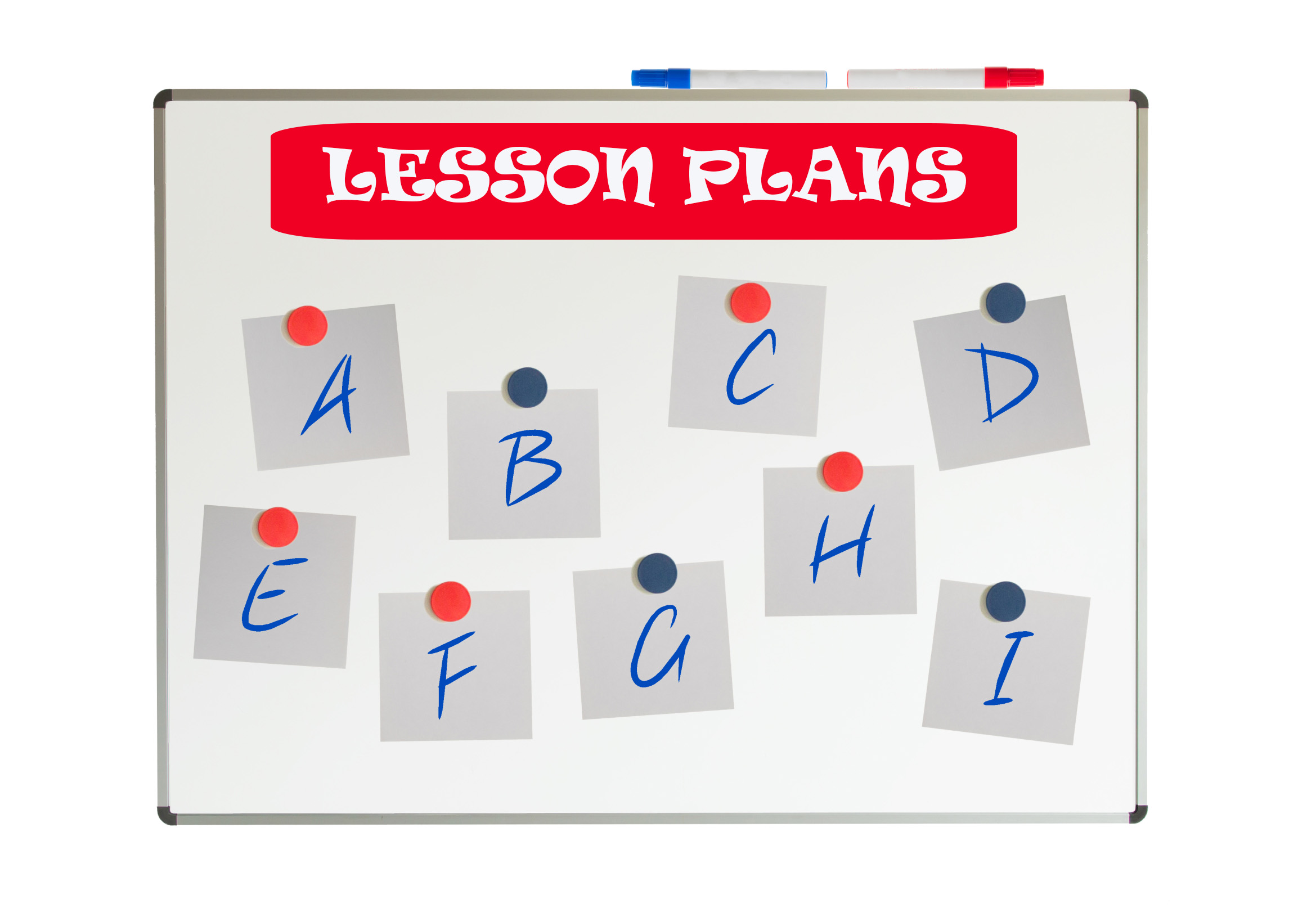Category: Lesson plans
#13: Art Online
Lots of kids think technology is technical, another word for complicated/difficult/math-like. Here are six websites students can visit that will change their minds:
Click on image to enlarge if it’s blurry.
Share this:
Summer Activities to Keep Kids in Tech
I love summer! Summer should be a complete change from all the academic stuff that has happened all year. Sports, hikes, hobbies. Time to pet the dog. (more…)


































